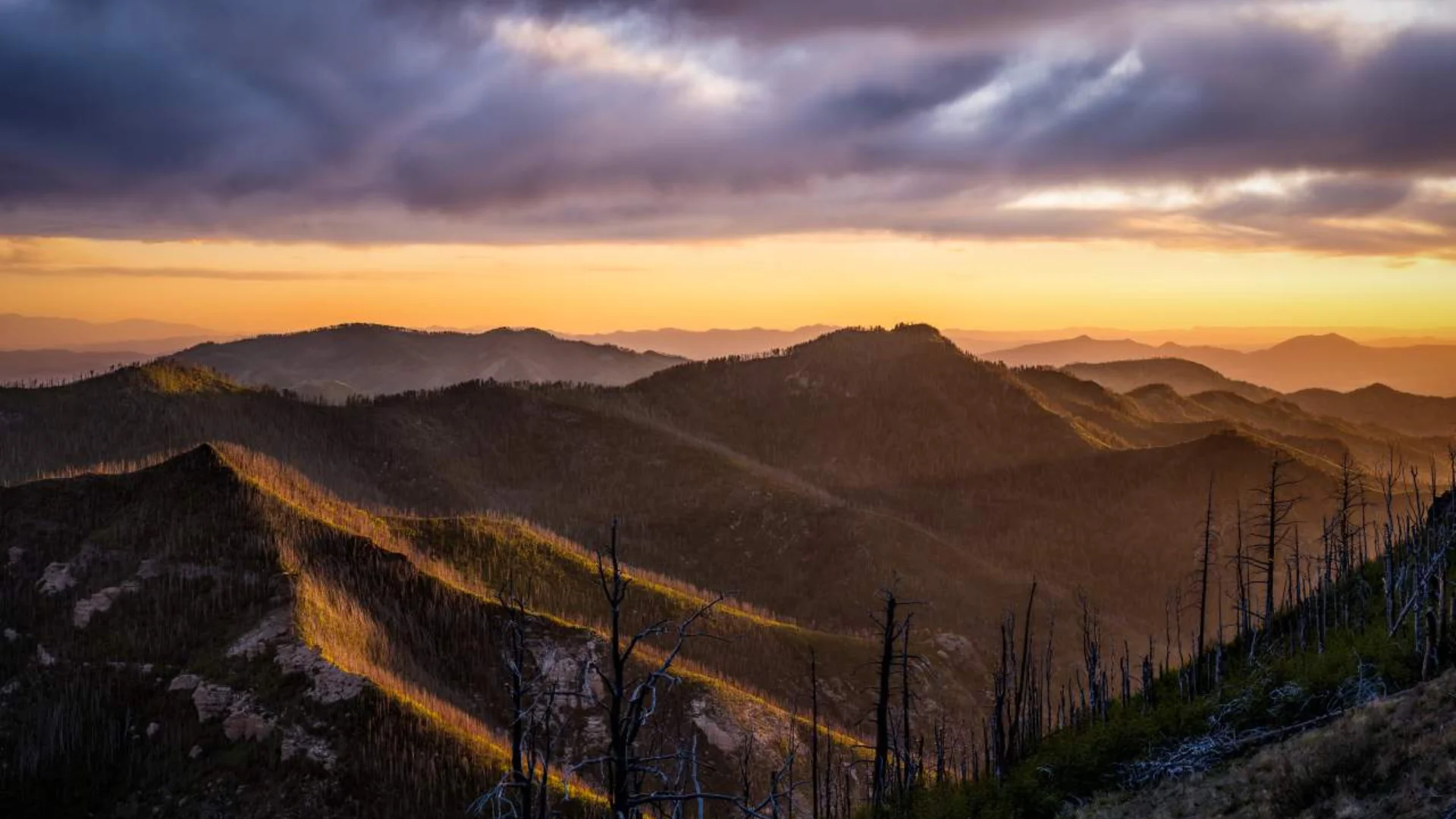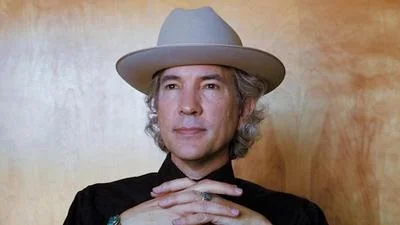As the Gila National Wilderness marks its 100th anniversary, a journey through this historic area reveals its natural wonders and rich history. Less than five miles into the first designated wilderness area in the United States, animal tracks are visible along New Mexico's last free-flowing river. Signs of wildlife, such as a beaver dam, indicate the presence of various species.
Accompanied by Luke Koenig from the New Mexico Wilderness Alliance and photographer Jay Hemphill, the exploration covers a small portion of the vast 3.3-million-acre Gila National Forest. The 558,014-acre Gila Wilderness within it is known for its untouched beauty and complex ecosystems.
Aldo Leopold, a conservationist with the U.S. Forest Service in the early 1900s, was instrumental in establishing this wilderness area on June 3, 1924. His advocacy led to the protection of wildlands under principles that later influenced the Wilderness Act.
The Gila Wilderness remains roadless and prohibits mechanized transport, attracting visitors who seek an unspoiled natural experience. Activities range from fishing for native Gila trout to exploring historical sites linked to Apache leader Geronimo and ancient Mogollon Mimbres pottery.
U.S. Forest Service ranger Henry Provencio emphasizes that visitors should be prepared for nature uninterrupted: "That trail may not be there, and there may not be a sign." He notes that despite changes over time, Leopold's vision has kept this area largely undeveloped.
The management approach focuses on minimal human intervention, allowing natural processes like fires and floods to occur without interference. This strategy has helped maintain habitats for native species such as elk and Mexican gray wolves.
Beavers play a crucial role in maintaining wetland ecosystems by creating dams that enhance biodiversity and stabilize water tables. Recent studies highlight their significant impact on water quality amid climate challenges.
Leopold's philosophy encourages people to see land as part of their community: "Perhaps such a shift of values can be achieved by reappraising things unnatural...in terms of things natural." This perspective fosters a deeper connection with nature across generations.
Before departing, Hemphill points out ancient rock art along the cliffs—a reminder of humanity's long-standing relationship with this landscape.
Information from this article can be found here.









